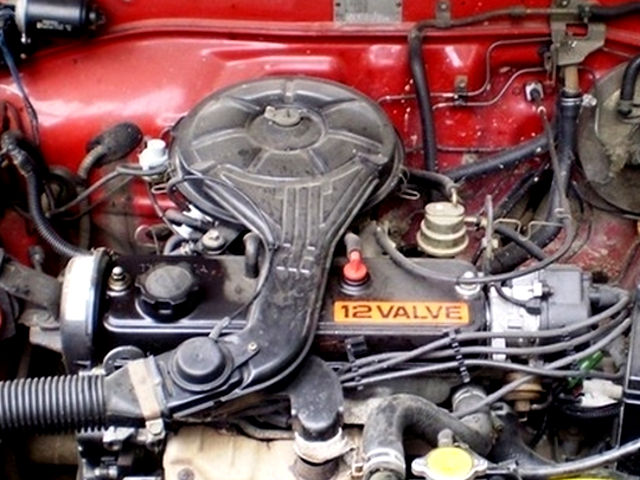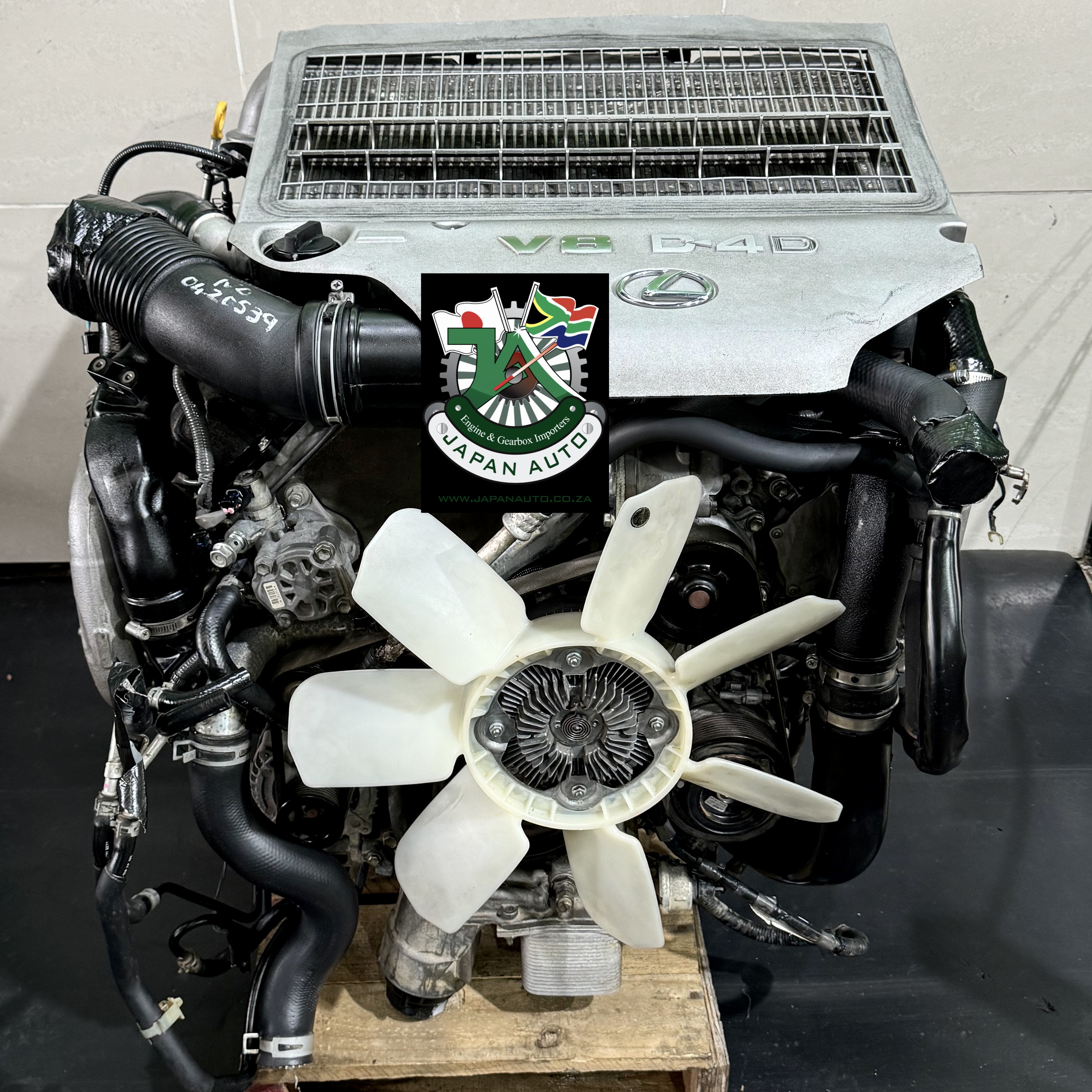Toyota Tazz: A Practical and Efficient Car for City Driving and Beyond
Toyota Tazz: A Practical and Efficient Car for City Driving and Beyond
Blog Article
Check Out the current Trends in Engine Innovation Via Tazz
In the rapidly progressing landscape of auto technology, Tazz stands at the forefront, highlighting substantial improvements in engine systems that prioritize both innovation and sustainability. From crossbreed engines that maximize gas effectiveness to the emergence of hydrogen fuel cells, the patterns forming contemporary powertrains are not only boosting performance but also resolving vital environmental challenges.
Crossbreed Engine Innovations
Crossbreed engine technologies represent an essential shift in vehicle technology, incorporating the advantages of inner burning engines with electrical propulsion systems. This combination not just boosts fuel effectiveness yet also decreases exhausts, conference progressively strict environmental regulations. By using both energy sources, hybrid engines can optimize performance, providing power when needed while conserving gas throughout much less requiring motoring problems.
Current innovations in hybrid technology consist of improvements in battery efficiency and regenerative braking systems. These developments allow for higher power healing throughout deceleration, which can be rerouted to aid in velocity or power auxiliary systems. Manufacturers are concentrating on compact layouts and lightweight materials to optimize the efficiency of hybrid powertrains.
The development of plug-in crossbreeds has actually likewise broadened the market, enabling vehicle drivers to charge their cars utilizing common electric outlets. This function frequently enables for substantial all-electric variety, additional reducing reliance on traditional fuels. tazz. As the automobile sector remains to evolve, hybrid engine technologies are anticipated to play a crucial role in bridging the void in between standard cars and completely electric versions, offering a transitional solution that provides to varied consumer requirements and preferences
Advances in Electric Powertrains
The automotive landscape is swiftly advancing, with electrical powertrains becoming a leading pressure in lasting transportation. Breakthroughs in electrical car (EV) modern technology are significantly boosting individual, effectiveness, and efficiency experience. Secret developments consist of improvements in battery chemistry, which have raised energy thickness, decreased billing times, and expanded total battery life.
Solid-state batteries, as an example, guarantee to change the marketplace by supplying greater safety and effectiveness contrasted to typical lithium-ion cells. Innovations in regenerative stopping systems are making it possible for vehicles to recoup power during slowdown, adding to total effectiveness.
Along with battery innovation, electrical motor layouts are coming to be a lot more sophisticated. Innovations such as integrated electric motors and advanced thermal monitoring systems are helping to maximize power distribution and reduce weight, ultimately enhancing lorry dynamics.

Collectively, these advancements underscore the commitment to change in the direction of cleaner, extra effective transportation services, placing electrical powertrains at the leading edge of automotive advancement.
The Increase of Hydrogen Gas Cells
Increasingly, hydrogen fuel cells are gaining traction as a sensible alternative to typical internal combustion engines and battery electrical automobiles. This modern technology harnesses the chemical energy stored in hydrogen, transforming it into electricity via an electrochemical reaction with oxygen. The key result of this procedure is water, making hydrogen fuel cells an eco friendly choice with zero exhausts at the tailpipe.

Automakers are progressively purchasing hydrogen fuel cell innovation, identifying its possibility for long-range applications and fast refueling capabilities that measure up to conventional fuels. Furthermore, sectors such as heavy-duty transport and public transportation are especially fit for hydrogen gas cells, where battery electric remedies might fail because of weight and range restrictions.
As research study and investment remain to broaden, Extra resources hydrogen gas cells are poised to play a significant function in the future landscape of clean transport and energy options.
Enhancements in Internal Burning Engines
Innovations in interior combustion engine (ICE) innovation are changing conventional vehicles to fulfill contemporary environmental criteria and performance assumptions. One of one of the most significant improvements includes the assimilation of innovative fuel injection systems. These systems enhance the air-fuel blend, improving burning efficiency and resulting in decreased discharges. Direct gas shot, as an example, allows for far better atomization of gas, bring about more full burning and improved power result.
Furthermore, turbocharging has obtained prominence, allowing smaller sized engines to provide greater performance without the weight of larger engines - tazz. This modern technology not just improves performance however also adds to reduce fuel intake. Variable valve timing systems are likewise being fine-tuned, making it possible for engines to adjust to different driving problems for enhanced torque and responsiveness
In addition, the use of light-weight products in engine construction is ending up being typical, more boosting fuel effectiveness by lowering total vehicle weight. Engine control units (ECUs) are significantly innovative, enabling real-time changes that optimize performance and emissions.
These enhancements jointly indicate an essential change in ICE innovation, aligning with global sustainability goals while still giving the efficiency chauffeurs anticipate from their automobiles. find here As the industry develops, these enhancements continue to form the future of conventional automotive engineering.
Future Trends in Engine Effectiveness
Significant improvements in engine performance are prepared for as producers concentrate on incorporating innovative modern technologies to satisfy stringent ecological guidelines and customer needs. The change in the direction of electrification, hybrid systems, and alternate gas is reshaping the vehicle landscape, driving technologies that boost fuel economic climate and lower exhausts.
Among the vital trends is the application of innovative materials and producing techniques. High-strength alloys and lightweight compounds add to decreased car weight, hence improving overall performance. In addition, the fostering of turbocharging and variable shutoff timing innovations permits for enhanced power outcome from smaller engines, additionally improving informative post gas economic situation.

Final Thought
To conclude, the expedition of engine innovation exposes considerable improvements that focus on sustainability and efficiency. Technologies in hybrid engine systems, electrical powertrains, and hydrogen fuel cells show a dedication to minimizing discharges while boosting efficiency. In addition, renovations in interior burning engines and a concentrate on light-weight products add to total engine performance. As the auto market continues to progress, these fads will certainly play an important duty fit a cleaner and even more lasting future for transport.
From crossbreed engines that maximize fuel efficiency to the development of hydrogen gas cells, the fads shaping modern-day powertrains are not only improving efficiency but additionally attending to important environmental difficulties.Hybrid engine developments represent a pivotal shift in automotive modern technology, integrating the advantages of interior burning engines with electric propulsion systems.Additionally, turbocharging has actually gotten prominence, enabling smaller engines to deliver higher efficiency without the weight of larger engines. In addition, the adoption of turbocharging and variable valve timing innovations allows for improved power result from smaller engines, better boosting fuel economic climate.
Renovations in inner burning engines and a focus on lightweight products add to total engine performance.
Report this page